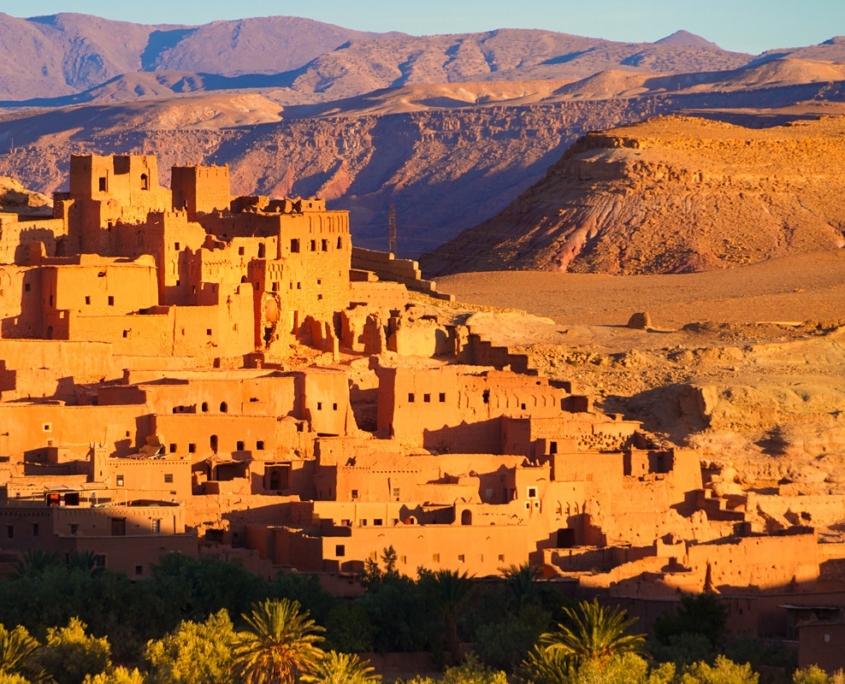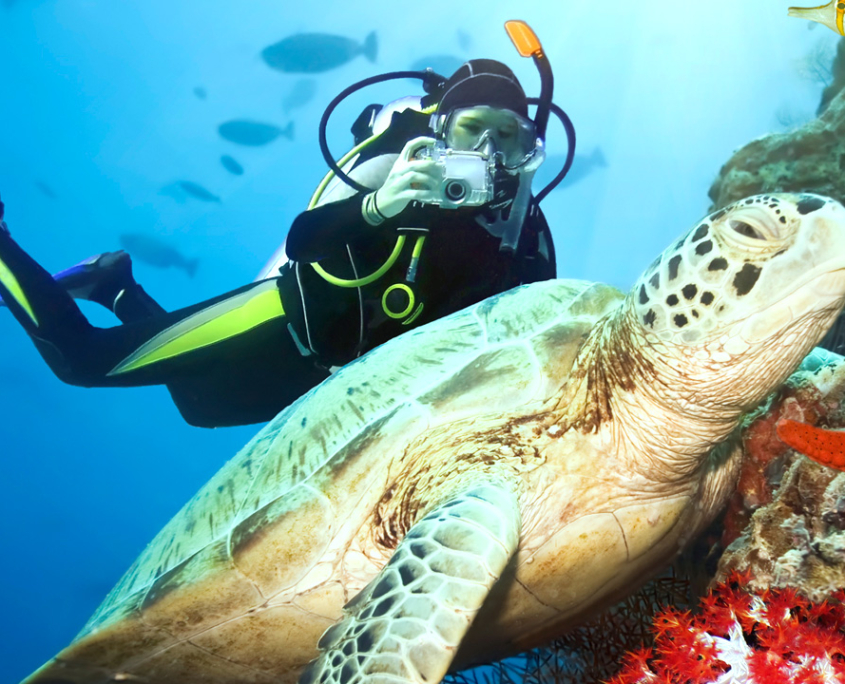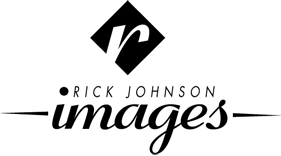Ouarzazate, Morocco
“Hollywood of Morocco”
The town of Quarzazate, Morocco is located…
Ouarzazate (/wɑːrzəˈzæt/, /wɑːrzəˈzɑːt/; Arabic: ورزازات, Warzāzāt, [warzaːzaːt]; Moroccan Arabic: وارزازات, Wārzāzāt; Berber: ⵡⴰⵔⵣⴰⵣⴰⵜ, Warzazat), nicknamed the door of the desert, is a city and capital of Ouarzazate Province in the region of Drâa-Tafilalet, south-central Morocco. Ouarzazate is at an elevation of 1,160 metres (3,810 ft) in the middle of a bare plateau south of the High Atlas Mountains, with a desert to the city’s south.
Berber-speakers make up the majority of the town’s inhabitants, who were responsible for the creation of many of the prominent kasbahs (locally referred to as: iɣeṛman). Ouarzazate is a primary tourist destination in Morocco for holidays, as well as a starting point for excursions into and across the Draa Valley and the desert. Aït Benhaddou (a fortified village) west of the city is a UNESCO World Heritage Site.
The Ouarzazate area is a noted film-making location, with Morocco’s biggest studios inviting many international companies to work here. Films such as Lawrence of Arabia (1962), The Man Who Would Be King (1975), The Living Daylights (1987), The Last Temptation of Christ (1988), The Mummy (1999), Gladiator (2000), Kingdom of Heaven (2005), Kundun (1997), Legionnaire (1998), Hanna (2011), The Hills Have Eyes (2006), and Salmon Fishing in the Yemen (2011) were shot here, as was part of the TV series Game of Thrones.
“It is the objective of the Park Service to maintain a balance between the unparalleled drama while preserving safety for the enormous volume of visitors.…”
Interestingly, enroute to our first trail-head, we encountered a Park Ranger managing a small gathering of people parked along the main entry roadside. Expecting authoritative behavior we actually got a tour guide… “take my binoculars and look over across that field, there’s a 600lb. Grizzly atop his freshly killed Elk”–WHAT! Even more surreal, this Ranger was Yao Ming’s doppelgänger–it all caught me off-guard. You’ll have to look carefully at the shot (after the buffalo below) to make things out, I was too far out for my 200mm lens to bridge the distance properly but I wasn’t about to, or be allowed to approach any closer.
Norris Basin is the largest geyser network in the world. Nearly every turn reveals astounding visuals with colors as brilliant as the waters of the Bahamas. Occasionally a visitor will fall into one of these pools and with temperatures reaching 200º F the outcome is not a good one, and often fatal.






